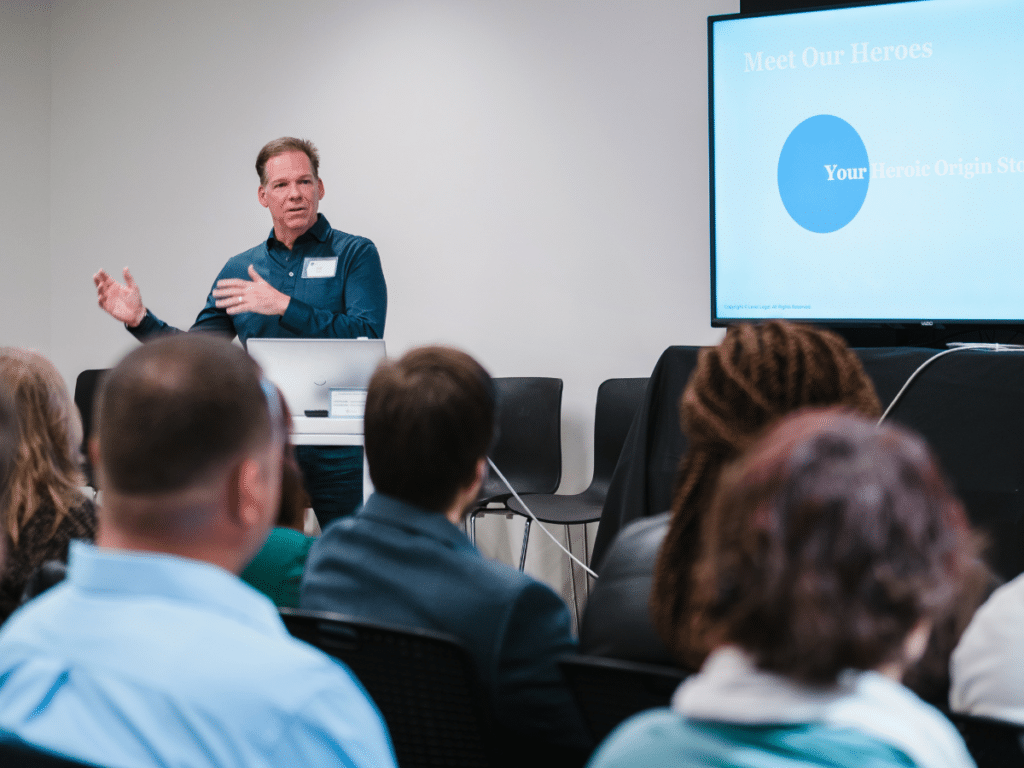
No acquisitions have reportedly been scuttled because of a company’s digital practices, but agencies have been told to look at the competitive impact of the combined company’s user knowledge.
The amount of data your company stands to amass from an acquisition could be the reason your deal is blocked on antitrust grounds, a compliance specialist says.
As part of the whole-of-government approach President Joe Biden announced last year when he released an executive order to curb consolidation on antitrust grounds, the Federal Trade Commission and other agencies are being directed to look into companies’ data practices as part of the Hart-Scott-Rodino (HSR) compliance process.
In a staff memo she released shortly after Biden issued his order, FTC Chair Lina Khan talked about “broadening our frame” on antitrust enforcement to include data consolidation as one of the elements regulators should scrutinize.
“We need to take a holistic approach to identifying harms,” she said.
Enforcement question
What this will look like in practice is unclear; no deal has reportedly been held up yet on data consolidation grounds, but it’s something general counsel might benefit from having on their radar screen if their company is proposing an acquisition that could result in a significant concentration of data.
“How [the data consolidation objective] gets enforced, and whether it will be enforced, is a question,” Level Legal CEO Joey Seeber told Legal Dive.
Seeber’s consultancy helps companies comply with second requests under the HSR Act. The 1976 law requires document-intensive submissions to a regulatory agency if it sees something in the initial submission that raises antitrust concerns.


